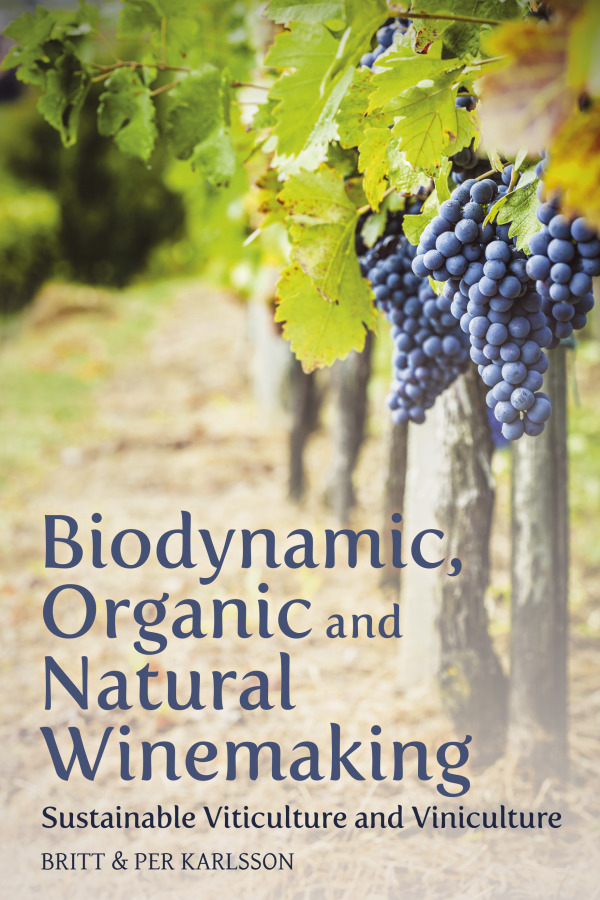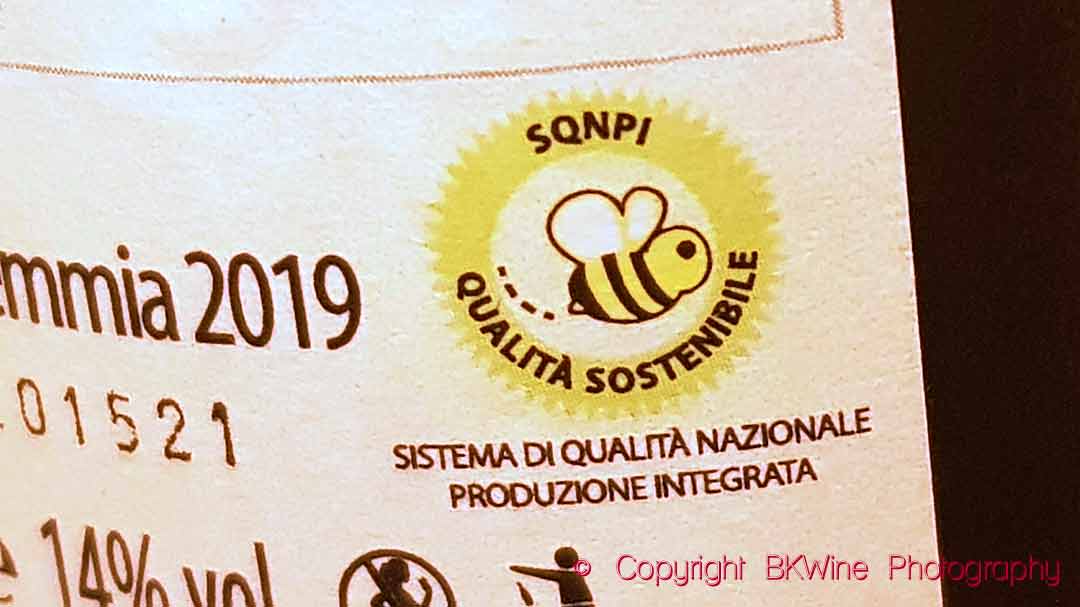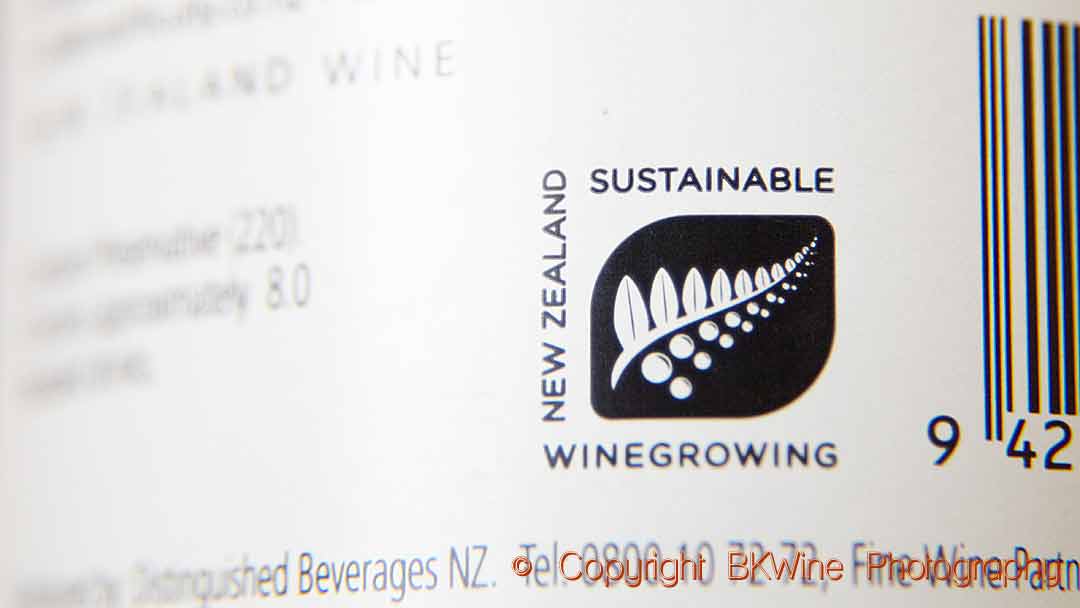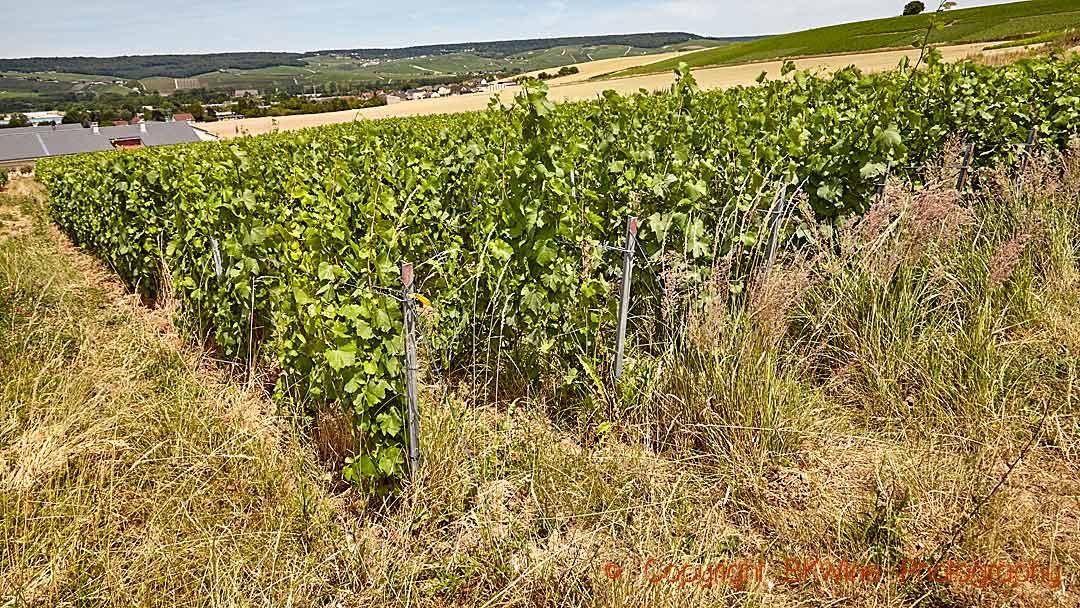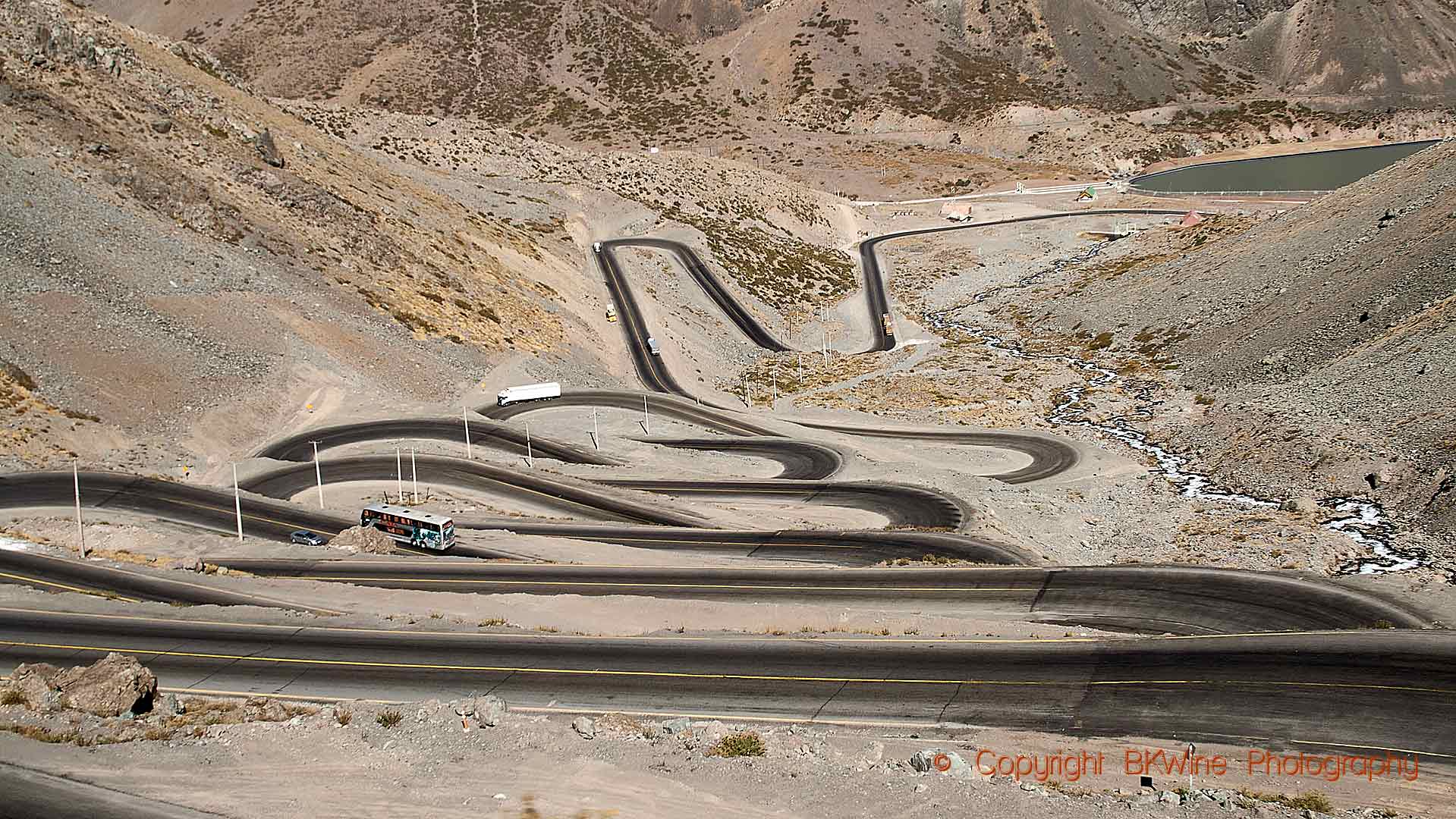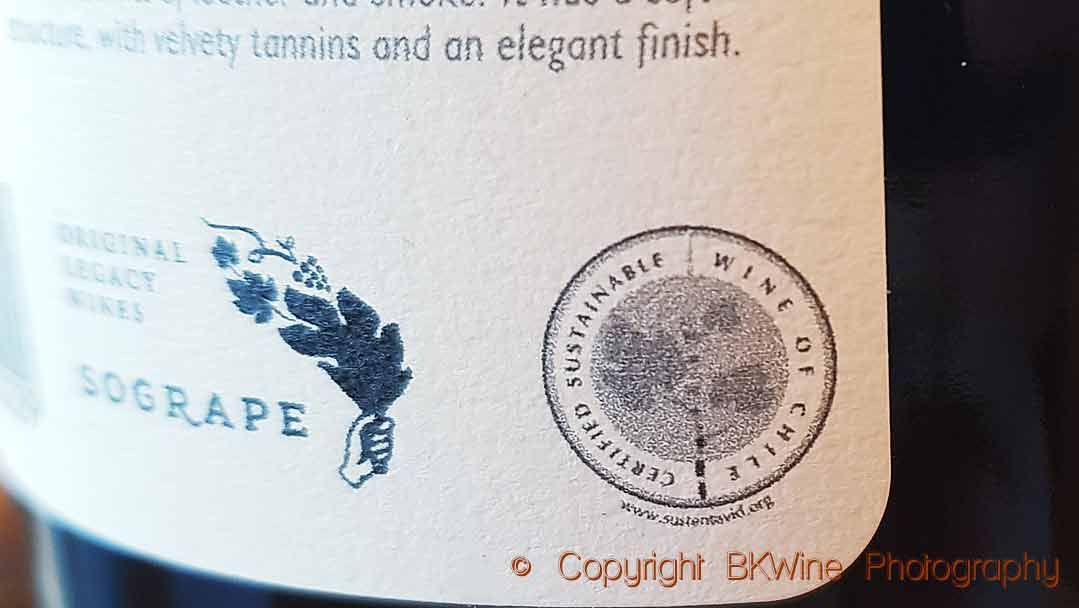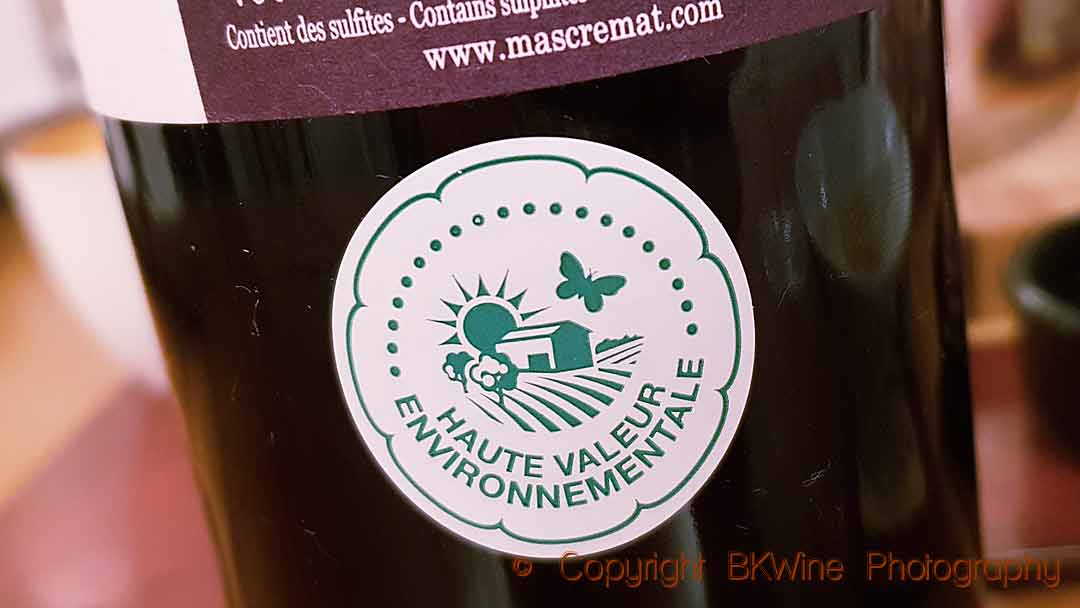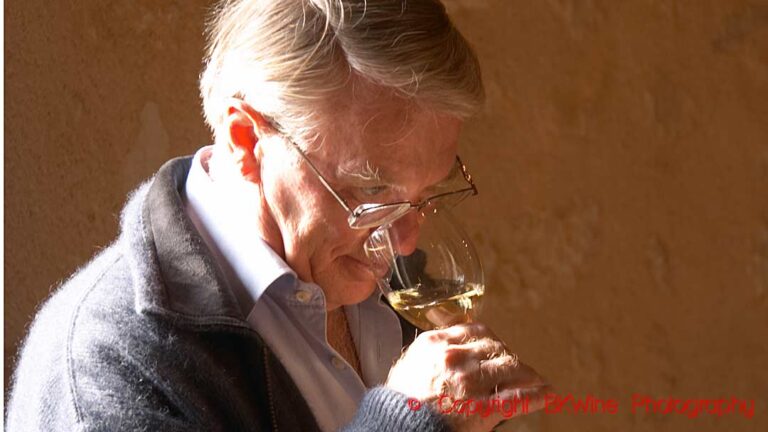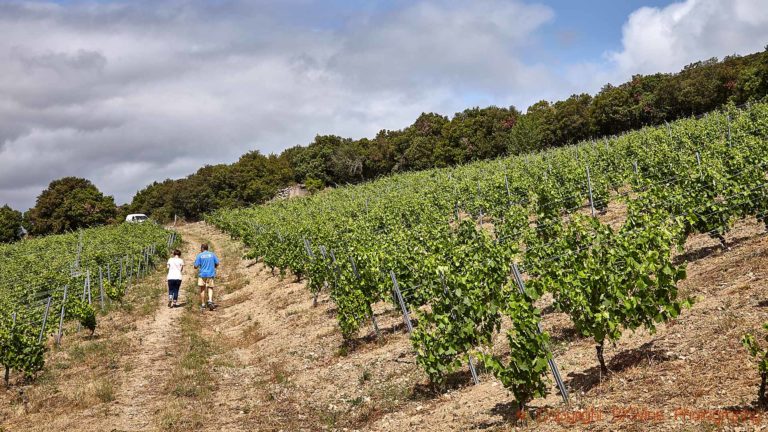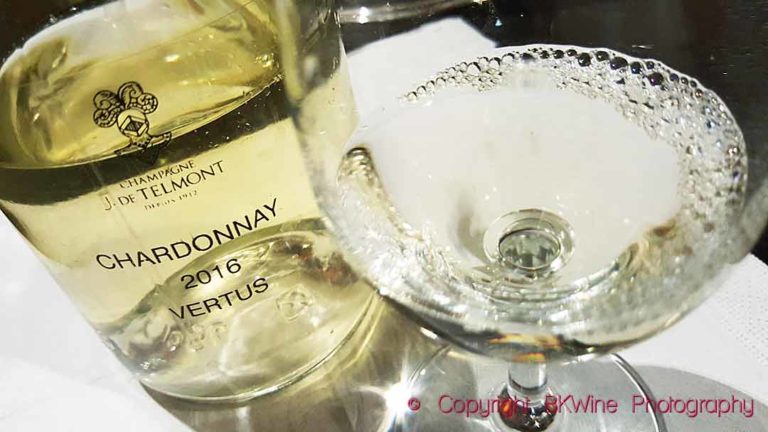We often point out that it is easy to recognize an organic wine, at least in Europe. All you have to do is look for the green EU logo on the label. It is not as easy when it comes to sustainable wines. In recent years, a plethora of different private sustainability certifications has materialized. Common to them all is that the rules are vague. It is, of course, a good thing to work sustainably. Everyone should do it. But that does not stop the consumer from feeling confused.
How should the producers explain the idea of being sustainable to their customers? This was one of the issues raised during the second US Sustainable Winegrowing Summit on April 19 – 21, jointly hosted by the California Sustainable Winegrowing Alliance, Long Island Sustainable Winegrowing, Oregon Wine, New York Wines, Washington State Wine and Washington Winegrowers and LIVE, a sustainability label.
Sustainability is a massive success in the US wine industry.
This is a longer version of an article published on Forbes.com.
80% of California’s total wine production and 32% of the California wine grape acreage have the label “Certified California Sustainable Winegrowing”. The other leading winegrowing US states have their own successful sustainable programs.
As I said, the definition of sustainability is vague. According to California Sustainable Winegrowing Alliance, it is “a holistic approach that conserves natural resources, protects the environment, enhances wine quality, enriches the lives of employees and communities, and safeguards family farms and businesses — today and for generations to come.”
This is something to strive for rather than something that happens as soon as you get your certification. In practice, it means thinking about the environment all through the production process, from work in the vineyards to when the bottle is standing on the customer’s dinner table. You think long-term because you cannot change everything at once. Unlike organic growers, sustainable growers are allowed to use synthetic products to control diseases and pests. But they should try to prioritize the products that have the least impact on the environment.
“Certified California Sustainable Winegrowing” has a Code of Conduct that lists best practices from the vineyard to the consumer. It involves soil management, vineyard water management, pest management, energy efficiency, winery water conservation, waste reduction, climate protection and more.
For a winery to be certified, it needs to use “required practices” and meet an overall score threshold. Most sustainable certifications work in this way. You have to follow advice and recommendations as far as is possible. If you work sustainably to a sufficient extent according to the requirements set by the rules, you get your label.
Is it confusing for consumers? Maybe. Still, many American consumers seem to have embraced the idea of sustainability, especially young drinkers. 71 % of US wine drinkers would consider buying sustainably produced wines in the future. Nine out of ten millennials are willing to pay more for a sustainable wine, according to figures revealed during the summit.
Certifications may help to provide transparency and reassurance. But the sheer number of labels could confuse. A US wine consumer looking at bottles in the store could find labels with Certified California Sustainable Winegrowing, Oregon Certified Sustainable Wine, Low Input Viticulture and Enology (LIVE), Lodi Rules, Fish Friendly Farming, Napa Green, Sustainability in Practice (SIP). And some more.
Esther Mobley is the wine critic at San Francisco Chronicle, and she was the moderator for one of the panels. She asked the panel members if the wine industry is confusing consumers with so many definitions.
“It is complicated. We have to be ready to explain”, says Suzanne Hunt, Co-Owner and Director of Sustainability at Hunt Country Vineyards in the Finger Lakes wine region in New York. “There is no one size fits all, we have to collaborate to make sure we minimize confusion, make it clear, but there is no way to avoid the complexity.”
She adds that the wine estates have a rare opportunity to gently educate people, as they actually meet the end customers, rare in the food industry.
Nadine Lew Basile is Ranch Manager at Soter Vineyards in Oregon, an organic estate with 240 acres of Pinot Noir and Chardonnay as well as vegetables, livestock and forest. “It is a mistake to rely only on certification”, she says, “we have to try and explain what we do, explain individual practices, the biodiversity, how we build soil carbon, save water, do minimum tilling, integrate animals.”
She uses sheep in the vineyards, “they are so well adapted to graze the grasses”.
Julien Gervreau is vice-president of sustainability at Jackson Family Wines in California. He looks at sustainability from the perspective of a big winery with vineyards “up and down the coast from Santa Barbara to Mendocino, Napa, and Oregon”.
“Sustainability has been a family passion since the 1980s”, he says, “and we are a member of the California Sustainability Program since 2010. In 2008 we became concerned. How can we take action to reduce our impact? Among our results is a 17,5% reduction in greenhouse gases. We will have transformed 13,000 acres to regenerative viticulture by 2030. We do soil carbon sequestrating, cover crops. We are spending a lot of time engaging with research partners at UC Davis.”
Priority issues are transportation, distribution, packaging and fertilizers. The winery aims to be climate positive by 2050.
Suzanne Hunt in the Finger Lakes talks about the importance of energy efficiency. They have installed a 348-panel solar system at the estate that provides most of their electricity. They don’t use synthetic fertilizers, only compost of grape skins, manure and plant waste from the farm.
Suzanne also mentions the importance of high-end hybrids in a cool climate region like the Finger Lakes. “Using hybrids is part of adapting to climate change. Some years vinifera don’t make it; we could have minus 16 degrees F in the winter, we have late frost.”
Nadine agrees about the hybrids even though Oregon probably doesn’t have as harsh winters. “We have drought in the early season, dry summers, fungal diseases. We should adapt and not grow Vitis vinifera where it doesn’t want to grow.”
The big question the panel asked itself is if the consumers are ready to start drinking hybrid wines.
The European vine species Vitis vinifera is used for making wines all over the world. Quality-wise, it is considered very much superior to the native American vines. But the American vines have better resistance to certain diseases and cold temperatures. Therefore, crossings between the two are interesting. And the new generation of hybrids contains a high percentage of vinifera which will guarantee that the wine tastes approximately the way we are used to.
Choosing carefully which grape varieties to grow is today an essential part of being sustainable. A grape that is drought or disease-resistant requires less water for irrigation and fewer treatments. It doesn’t have to be hybrids. Some Vitis vinifera varieties have the required properties (except sufficient resistance to fungus diseases).
Sustainability as a concept is huge. Labels such as Certified California Sustainable Winegrowing or the French HVE, Haute Valeur Environnementale, include many parameters. But some others are more specific. Some examples are Carbon Neutral, Zero Pesticides (zero pesticides in wine), Fish Friendly Farming, Salmon Safe (improve water quality), Fair Trade, Fair for Life (improve workers’ conditions in risk countries), Agri Confiance (French cooperatives) and not least Bee Friendly with focus on our pollinating friends. And maybe even Vegan Friendly should be included.
There certainly are a lot of different labels and names for the consumer to keep track of. But maybe that is as it should be. The one who thinks there is one single and simple answer to sustainability is surely mistaken.
Read more in our series of articles on sustainability and organics.
Read even more:
If you want to know more about sustainability and about other aspects of winemaking and the environment, then you should read our book Biodynamic, Organic and Natural Winemaking; Sustainable Viticulture and Viniculture.
